Breakfast with Amy Chaplin
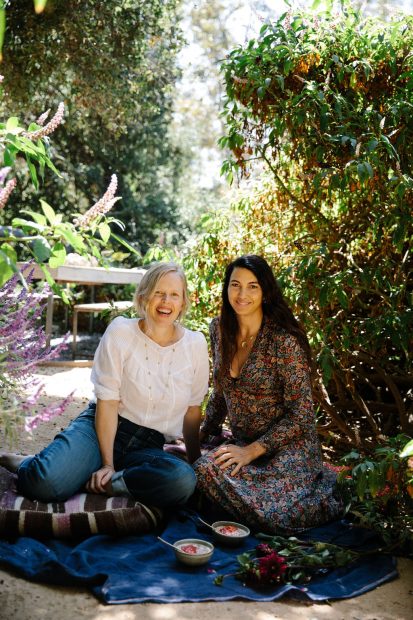
To me, a bircher museli reminds me of traveling to Europe as a child, or later in my twenties staying at a first class hotel in New York City. The Bircher muesli just seems so refined yet also hearty. More than just a creamy cereal, it was an old word dish that had beautiful poached fruit, nuts and grains soaked in cream or milk. I was beyond thrilled when I realized the publisher of my book is also the publisher for Amy Chaplin’s latest book Whole Food Cooking Every Day. Amy Chaplin, a James Beard award winning chef, is like a ray of sunshine who can make any vegetarian dish come alive with flavor and texture. She made my day when she suggested making healthy version of the traditional Bircher Museli.
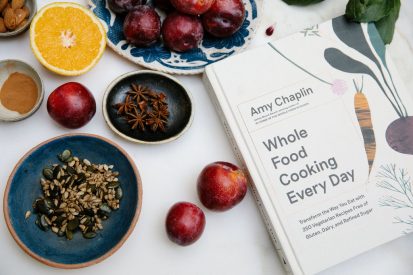 1) What makes your heart sing?
1) What makes your heart sing?
Many things but my son takes it to a whole other level.
2) What was the most important catalyst that Inspired you to start going plant based before it was so popular?
I grew up on a whole food vegetarian diet so I’ve always cooked and eaten this way. Venturing into the idea of “food as medicine” was inspired by a few macrobiotic friends when I was sixteen. Since then I have always brought healing elements into my food.
3) What are the three things you always have in your pantry?
Sea salt, almonds and olive oil
4) Do you have a motto or quote you live by?
As a child my best friend’s mother used to say “creativity is in the process not the outcome” I think about this a lot.
5) The colors in the book are so beautiful do you create dishes with aesthetics in mind?
Yes, I am really drawn to color and beauty in all areas of my life. When working with nature it’s so easy to make things that are visually appealing.
6) You just had a baby. Was there a particular food or ingredient that you feel helped you bounce back?
In the early weeks it was kitchari—the soothing and warming spices were perfect and the soaked mung beans didn’t effect breast milk like other beans can. I also ate (and still eat) a lot of almond butter. Almonds are great for milk production.
7) What can we expect next of you?
There are some exciting projects brewing which I’ll share as soon as I can. Right now I’m enjoying the book promotion and focusing on a good sleep schedule
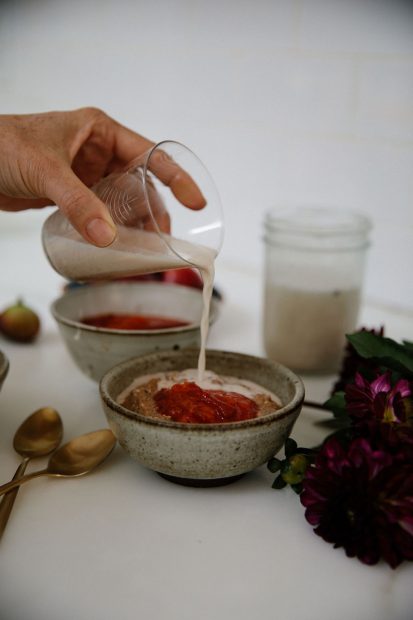
Excerpted from Whole Food Cooking Every Day by Amy Chaplin (Artisan Books). Copyright © 2019.
Base Recipe
Grain-Free Chia Bircher Bowl
Makes 5 cups | 1.2 l | Serves 4 to 6
½ cup (2½ ounces | 70 g) raw pumpkin seeds, soaked overnight in 2 cups (480 ml) filtered water
½ cup (2¼ ounces | 65 g) raw sunflower seeds, soaked overnight in 2 cups (480 ml) filtered water
¼ cup (1¼ ounces | 40 g) chia seeds
¼ cup (1 ounce | 30 g) hemp seeds
2 tablespoons (¼ ounce | 8 g) ground flax seeds
½ cup (2½ ounces | 70 g) whole raw almonds, soaked overnight in 2 cups (480 ml) filtered water
3 cups (720 ml) filtered water
2 tablespoons (¹/₃ ounce | 10 g) coconut flour
1 tablespoon vanilla extract
2 teaspoons ground cinnamon
Pinch of fine sea salt
½ cup (1 ounce | 25 g) unsweetened flaked dried coconut (see Note)
Drain the pumpkin seeds and sunflower seeds in a strainer, rinse under cold water, and set the strainer over a bowl to drain thoroughly. Combine the chia, hemp, and flax seeds in a medium bowl; set aside. Drain and rinse the almonds and transfer them to an upright blender. Add the 3 cups (720 ml) water, coconut flour, vanilla, cinnamon, and salt and blend until completely smooth, then add the dried coconut and drained seeds and briefly blend or pulse until the seeds are roughly chopped. Pour into the chia mixture, stir well to combine, and set aside for 25 to 30 minutes, until thick and creamy. This can be eaten immediately, with any of the toppings suggested on page 26, or stored in an airtight container in the fridge for up to 4 days. It will thicken further in the fridge.
Note: Flaked dried coconut adds texture to this grain-free bowl. If you can only get shredded coconut, just stir it in at the end rather than blending it.
Cacao and Maca Chia Bircher Bowl
Makes about 4 cups | 960 ml | Serves 4
1 recipe Chia Oat Bircher Bowl or Grain-Free Chia Bircher Bowl
¼ cup (½ ounce | 16 g) cacao powder (see the sidebar on page 297)
2 tablespoons (½ ounce | 14 g) mesquite powder (see the sidebar)
4 teaspoons (½ ounce | 16 g) gelatinized maca powder
1 tablespoon coconut butter
Make the chia bowl following the instructions for the base recipe, adding the cacao, mesquite, maca, and coconut butter to the blender along with the almonds and blending until smooth. Serve with any of the toppings suggested on page 26; this bowl tastes particularly good with Cherry Vanilla Compote (page 101) and Rose Almond Milk (page 72).
Cacao Powder
In its natural state, cacao contains an abundance of antioxidants and essential minerals that support both mental and physical well-being. Unprocessed raw cacao has not been roasted, therefore none of the beneficial enzymes or nutrients are lost. Cacao powder is made by cold pressing fermented cacao beans to extract the fat (cacao butter) before grinding the beans into a fine powder. This process concentrates the nutrients and enriches the flavor of cacao. Cocoa powder is made from beans that have been roasted at high temperatures before being pressed and ground into a powder. If you don’t have cacao powder, you can use an equal amount of cocoa powder in any recipe.
Mesquite Powder
Part of the legume family, the mesquite tree produces bean pods, which can be dried and ground into a powder. Mildly sweet, the powder has a rich, earthy flavor with smoky, caramel-like notes that complement cacao perfectly, simultaneously enriching it and sweetening and balancing its bitterness. Mesquite is a traditional Native American food, and the pods are rich in protein, iron, calcium, and magnesium. It’s also high in fiber and has a low glycemic index, which makes it helpful in stabilizing blood sugar levels. Mesquite is a sustainable crop as it comes from drought-resistant trees that don’t require irrigation (or chemical fertilizers).
Brazil Nut Milk with Star Anise and Vanilla Bean
Makes 2 cups | 480 ml | Serves 2 to 4
2 cups (480 ml) filtered water
8 whole star anise
½ cup (2¼ ounces | 65 g) raw Brazil nuts, soaked overnight in ½ cup (240 ml) unfiltered water
Pinch of fine sea salt
1 Medjool date, pitted
½ teaspoon vanilla extract
¼ vanilla bean, split, seeds scraped out and reserved, pod reserved for another use
Put the water and star anise in a small pot and bring to a boil over high heat. Cover, reduce the heat to low, and simmer for 1 minute. Remove from the heat, remove the lid, and set aside to steep for at least 10 minutes.
Set a strainer over a bowl and line it with a nut-milk bag, layers of cheesecloth, or a thin kitchen towel; set aside. Strain the star anise tea into an upright blender. Drain and rinse the Brazil nuts and add them to the blender along with the salt. Blend until smooth. Pour into the lined strainer, gather the edges of the bag or cloth together, and gently squeeze the milk into the bowl until you’ve extracted as much liquid as possible. (Compost the pulp.) Rinse the blender, then add the Brazil nut–star anise milk, date, vanilla extract, and vanilla seeds and blend until smooth. Serve immediately, or pour into a glass jar, seal, and refrigerate for up to 4 days. Shake well before serving.
Base Recipe
Stone Fruit Compote
Makes about 2¹/₂ cups | 600 ml
1½ pounds (680 g) ripe peaches, plums, apricots, or cherries
½ cup (120 ml) freshly squeezed orange juice or filtered water
Tiny pinch of fine sea salt
1 teaspoon arrowroot powder
2 teaspoons filtered water
½ teaspoon vanilla extract
If using peaches, plums, or apricots, halve and pit them. Cut each half into 1⁄2-inch (1.25 cm) wedges and slice the wedges in half crosswise. If using cherries, pit them. Put the fruit in a medium pot, add the orange juice and salt, and bring to a simmer over high heat. Cover the pot, reduce the heat to low, and simmer for 8 to 10 minutes, until the fruit is soft. Dissolve the arrowroot in the water in a small cup, then drizzle it into the pot, stirring constantly. Once the compote has returned to a simmer and thickened, remove from the heat and stir in the vanilla. Serve warm or at room temperature. Store the cooled compote in a sealed jar in the fridge for up to 5 days.
Note: If using plums, omit the arrowroot powder.
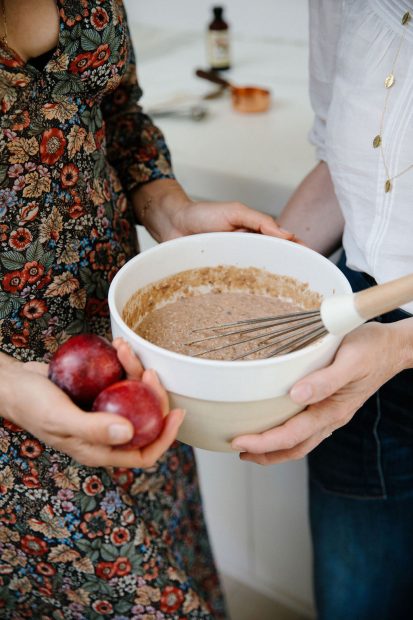 Combine the oats and the chia, hemp, and flax seeds in a medium bowl; set aside. Drain and rinse the almonds and transfer them to an upright blender. Add the 2 ¾ cups (660 ml) water, vanilla, cinnamon, and salt and blend until completely smooth, then pour into the oat mixture. Stir well to combine and set aside for 25 to 30 minutes, until thick and creamy. This can be eaten immediately, with any of the toppings suggested on page 26, or stored in an airtight container in the fridge for up to 4 days. It will thicken further in the fridge.
Combine the oats and the chia, hemp, and flax seeds in a medium bowl; set aside. Drain and rinse the almonds and transfer them to an upright blender. Add the 2 ¾ cups (660 ml) water, vanilla, cinnamon, and salt and blend until completely smooth, then pour into the oat mixture. Stir well to combine and set aside for 25 to 30 minutes, until thick and creamy. This can be eaten immediately, with any of the toppings suggested on page 26, or stored in an airtight container in the fridge for up to 4 days. It will thicken further in the fridge.

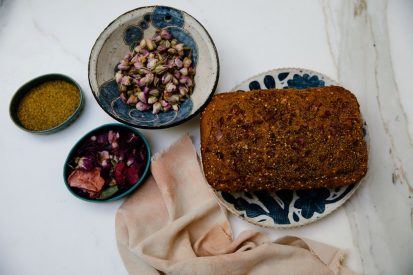
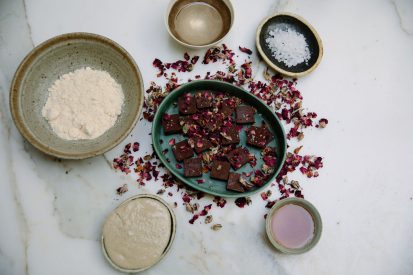
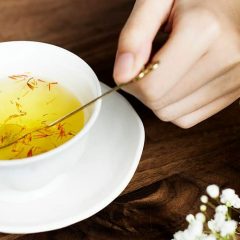
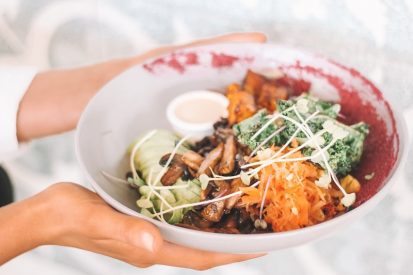
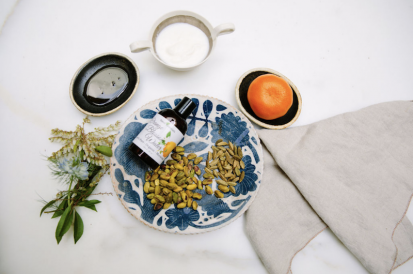
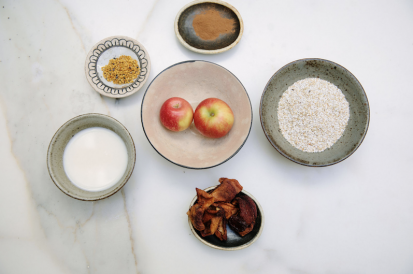
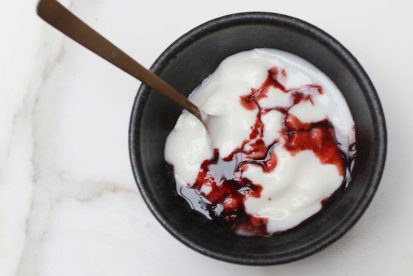
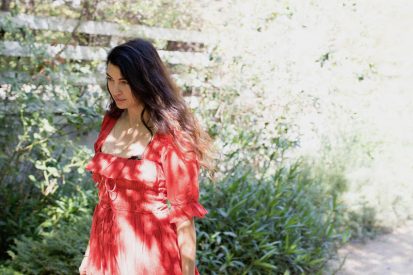
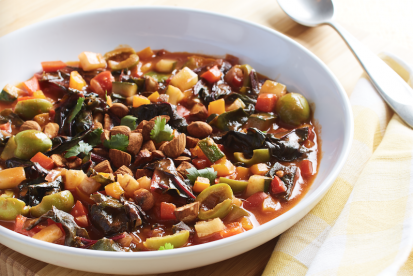
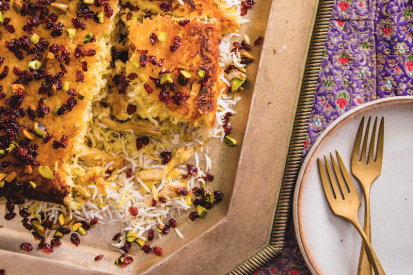
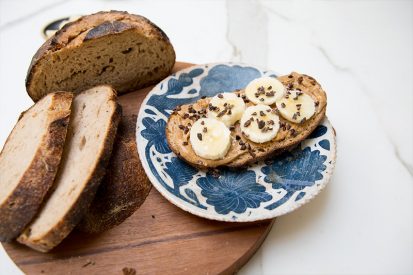
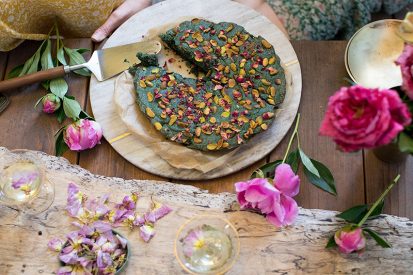



Thank you for these beautiful recipes! Cannot wait to make some of them and get the book. For the Grain-Free Chia Bircher Bowl, could you recommend a replacement for the pumpkin seeds as I’m allergic? Blessings